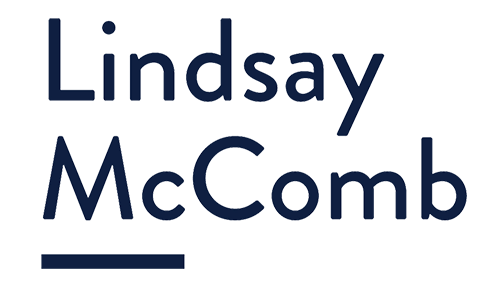Designed for good business
Human-centered design and business models
The terms “business model” and “strategy” are thrown around a lot in business — they’ve become jargonistic to the point where they’ve lost meaning. Without clarity, a business model doesn’t communicate value, and without provisions for change, businesses cannot thrive in the longterm. A good business model then, is essential to any organization. The investors, entrepreneurs, and executives involved all too often forget that in order to develop a dynamic and profitable business model, it needs to be designed around people.
In Why Business Models Matter, Joan Magretta presents an alternative way to looking at business models, which humans at the heart of it. Who the customer is, what the customer values, and how a business can deliver value to the customer at an appropriate cost are all just as important as how a business makes money.“A good business model,” Magetta writes, “begins with an insight into human motivations and ends in a rich stream of profits.”
How to Design a Winning Business Model by Ramon Casadeus-Masanell and Joan E Ricart discusses how too many companies test business models in isolation, without industry iteration. Business models should be dynamic — not only should they align with a company’s goals, but they should be self-reinforcing and robust. Ideally, a business model should be designed in a way that generates “virtuous” cycles allowing the company to compete more effectively.
According to Casadeus-Masanell and Ricart, “Any enterprise can make choices that allow it to build assets or resources — be they project management skills, production experience, reputation, asset utilization, trust, or bargaining power,” and the consequences of these choices enable further choices, and so on — virtuous cycles.
Both of these articles demonstrate how important it is to take a creative approach to business, and that people should always be at the core. The idea that a business model should honor the humans at the heart of it, and the concept that companies should continuously iterate in cycles — both nicely illustrate human-centered design principles in action.

